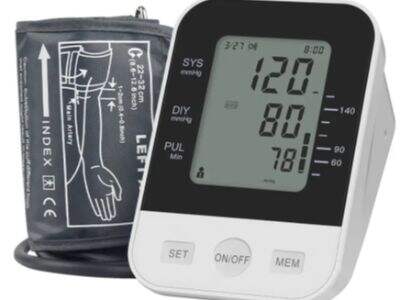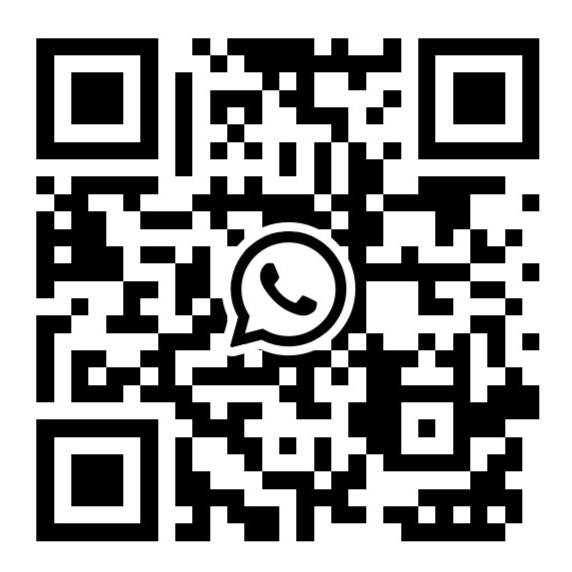If you want to maintain your body fit, one essential thing to do is monitor your blood pressure regularly. Who knew, right — blood pressure, right? You can have a doctor or nurse check it for you, that is great! But did you know that it is also possible to check it at home yourself? It’s true! All you’ll need for that is a special device known as a blood pressure monitor—or sphygmomanometer. Learn how to operate your thermometer properly with the step-by-step guide, so you get the most accurate readings every time.
What Is Blood Pressure?
Before you try out a blood pressure monitor, it’s beneficial to know what blood pressure is and why it matters. Blood pressure is the pressure of blood as it passes through your arteries, the tubes that carry blood throughout your body. If you've blown up a balloon, you know that the air inside pushes up against the walls of the balloon. It is akin to how blood presses against the walls of your arteries.
Blood pressure is recorded with two numbers:
The top number is known as the systolic pressure. A This number indicates how much the blood is pushing on the arteries when your heart beats.
The bottom number is the diastolic pressure. This number indicates the pressure in your arteries when your heart is between beats, which occurs when it takes a little break between pumps.
These two numbers matter because they show you how well your heart and blood vessels are functioning.
How to Use a Blood Pressure Monitor
Now for the step-by-step guide on how to use a blood pressure monitor at home. Don’t worry; it’s not hard!
Choose the Right Monitor: A variety of blood pressure monitors are available. Some are manual, which means you pump the cuff yourself, and others are digital, meaning a machine does it for you. Select a monitor that you can operate easily and that you wear comfortably on your upper arm. Be sure to read the accompanying instructions.
Pick an Appropriate Time: Your blood pressure changes throughout the day, so the timing of your reading is very important. While I dabble with this either in the morning (before breakfast and before taking any medicine), some others find it easier to do in the evening whilst relaxing. Choosing a regular time helps you to get more precise measurements.
Prepare Your Arm: When you go to measure your blood pressure, be sure to roll up your sleeve and place the cuff of the monitor on your bare upper arm. It should be snug but not too tight. It has to have neither too tight, because that will not break your tights, nor too loose one, because then it won’t work.
Find Your Pulse Depending on the type of monitor you have, you will need to use a stethoscope or electronic detector to find your pulse. Put it on the inside of your elbow and listen for the sounds your heart is making. This makes sure the monitor gets the correct reading.
Inflate the Cuff: This is where you inflate the cuff. Repeat the button press, or the bulb pump, until the cuff fits snugly to your arm. It should be tight enough to prevent blood from flowing, but not so tight that is causes discomfort or pain. If it seems too uncomfortable, let some air out.
Deflate the Cuff: Deflate the cuff gently until air is released while listening for your heart beat. The first sound you hear is systolic pressure, and the last sound you hear is diastolic pressure. Listen carefully — these sounds are key indicators of your blood pressure.
Record Your Readings: Once you take your readings, write down the two numbers that appear on the monitor, as well as the date and time. Tracking these numbers gives you and your doctor a sense of how your blood pressure fluctuates over time and when you should consult a doctor for care.
Advice for Great Blood Pressure Readings
Follow these helpful tips to get the right readings each time you check your blood pressure:
Be still and relax: Before getting your reading, be still and relax for a few minutes. That helps your body settle and gives you a more accurate measure.
Don’t Talk or Move: It’s best not to converse or move your arm when the cuff is inflating or deflating. You know, any movement can impact results, making them less accurate.
Check Cuff Size: Ensure that the cuff fits your arm appropriately. If it’s either too small or oversized, it can make readings inaccurate.
Use Same Arm: Check blood pressure using the same arm each time. That helps make sure that your readings are uniform.
Take Multiple Readings: For more accuracy, get your blood pressure taken two to three times a few minutes apart. Then, you can average those numbers to yield a more accurate measurement.








